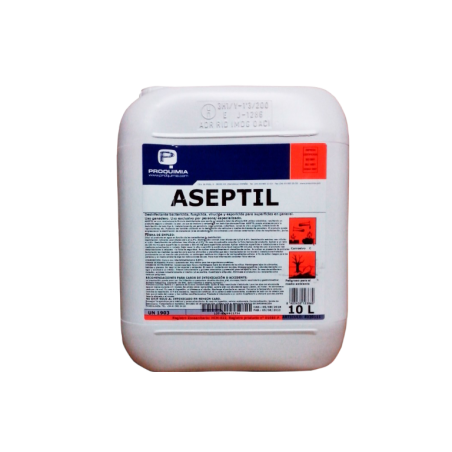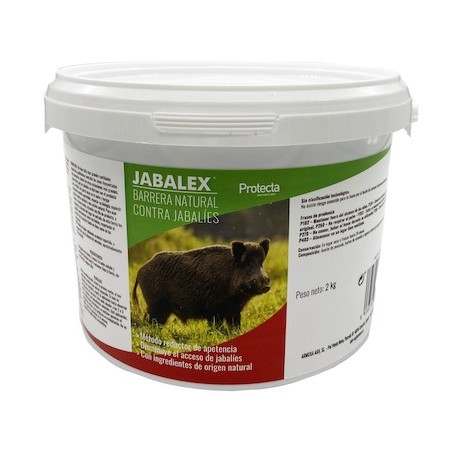Some of the factors that have caused an increase in the risk of pork-borne diseases infecting swine are :
- Globalization: There is a high level of movement of goods and people. Many of these people move pork products between areas for their own consumption or sale, products that sometimes come from uncontrolled establishments, which poses an increasing risk to the animal population.
- Increased prevalence of certain diseases: A clear example is African swine fever (ASF), which has spread relentlessly across different countries. This increases the probability that pork from animals infected by the virus enters the consumption chain.
- Increased prevalence of wild boar: Wild boar and feral pig populations have increased significantly in many areas. In many cases they have become accustomed to going to areas where they can access human food scraps (dumpsters, highway rest stops, etc).
Spread of ASF
There are several players in the global spread of ASF. The disease advances based on how the virus spreads among the wild boar population. In this article we explained that in Poland ASF was estimated to spread among wild boar at a rate of 3-5 km/month under normal conditions. Therefore, when we see an outbreak located more than 250 km from previously affected regions, it is attributed to human activity. We have seen several cases of ASF "jumping" more than 250 km from previously infected areas, such as the recent cases of ASF reaching the Dominican Republic, Italy, Belgium, and the Lower Saxony area of Germany.

With these "jumps," transmission of the virus due to the ingestion of infected pork meat scraps plays a significant role, although it is very difficult to prove or quantify.
Pork and ASF
When there is no economic compensation, farmers are suspected of selling their animals or their products to reduce economic losses before the disease is confirmed (FAO, 2013). In these cases, ASF-infected pigs are slaughtered and enter the consumption chain.
The role that the ingestion of ASF virus-infected pork has played in the spread of the disease in pigs and wild boar has been known for a long time, a classic example being the entry of ASF into the Iberian Peninsula in 1957 through the feeding of pigs with remains from the food service of an African airplane, as JM Sánchez-Vizcaíno reminded us in this article.
The ASF virus can remain viable in pork and pork by-products for long periods of time, which facilitates the spread of the disease by ingestion of pork from infected animals.
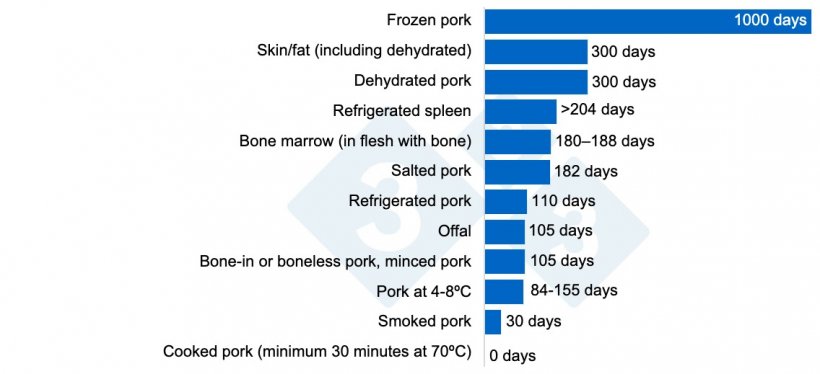
Survival of ASF virus in different pork products. Viruses can survive for a long time in tissues or organs, although high temperatures favor their elimination. Liu et al. 2021
Should we only be worried about ASF?
Due to its spread, the risk of ASF introduction is very real, but we cannot forget that other diseases with very serious economic and sanitary implications are also transmitted through pigs/wild boars having access to infected pork.
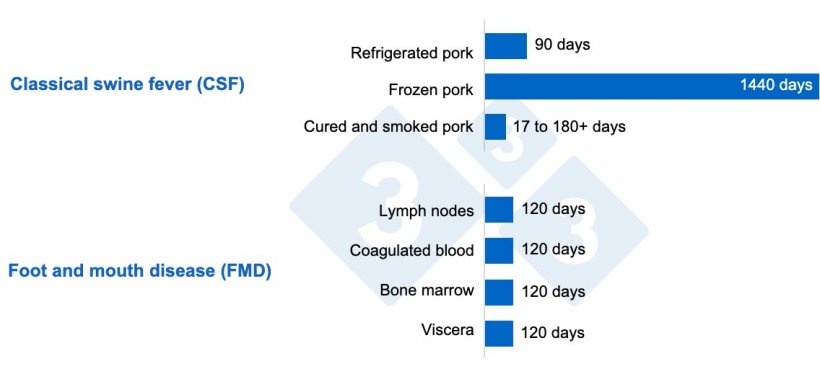
Survival of ASF virus in different pork products. Viruses can survive for a long time in tissues or organs, although high temperatures favor their elimination. Liu et al. 2021
The outbreak of foot and mouth disease that was detected in 2001 in the United Kingdom forced the slaughter of more than 6 million animals, including pigs, cattle, and sheep, causing countless direct and indirect economic losses. It was determined that the origin of the outbreak was on a farm that fed pigs with leftover human food without properly treating it.
Preventing pigs and wild boars from accessing pork products will help protect against these diseases that remain viable in this type of products.
Prevention measures
The entry of any type of pork into areas where pigs are housed should be strictly prohibited. It is especially important to inform foreign workers or truckers from countries where diseases transmitted via pork (such as ASF), have been detected.
Farms should have a designated area for employees to eat. Garbage in this area must be disposed of in such a way that no animals have access to it.
Eating outside the designated area should be strictly prohibited.

It is important to launch campaigns, such as this one by the OIE, about the importance of:
- Not bringing meat products back from other countries.
- Not feeding wild animals.
- Preventing domestic and wild pigs from having access to human food waste.
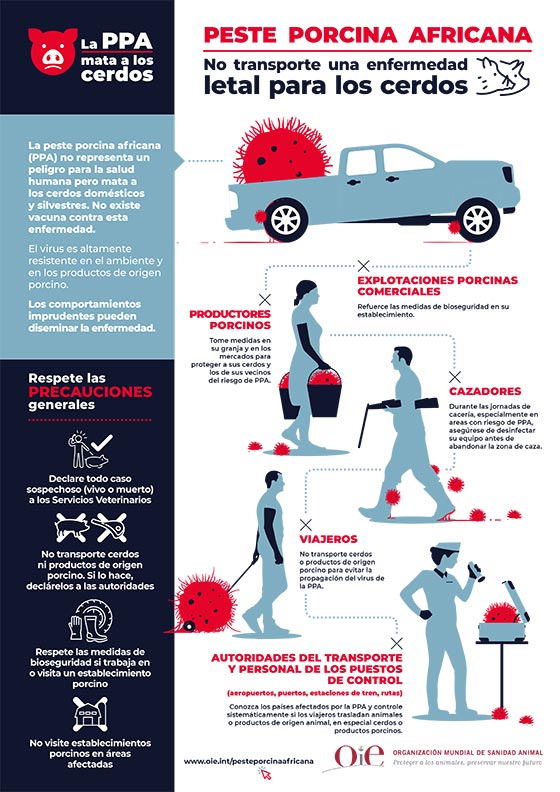
333 team






